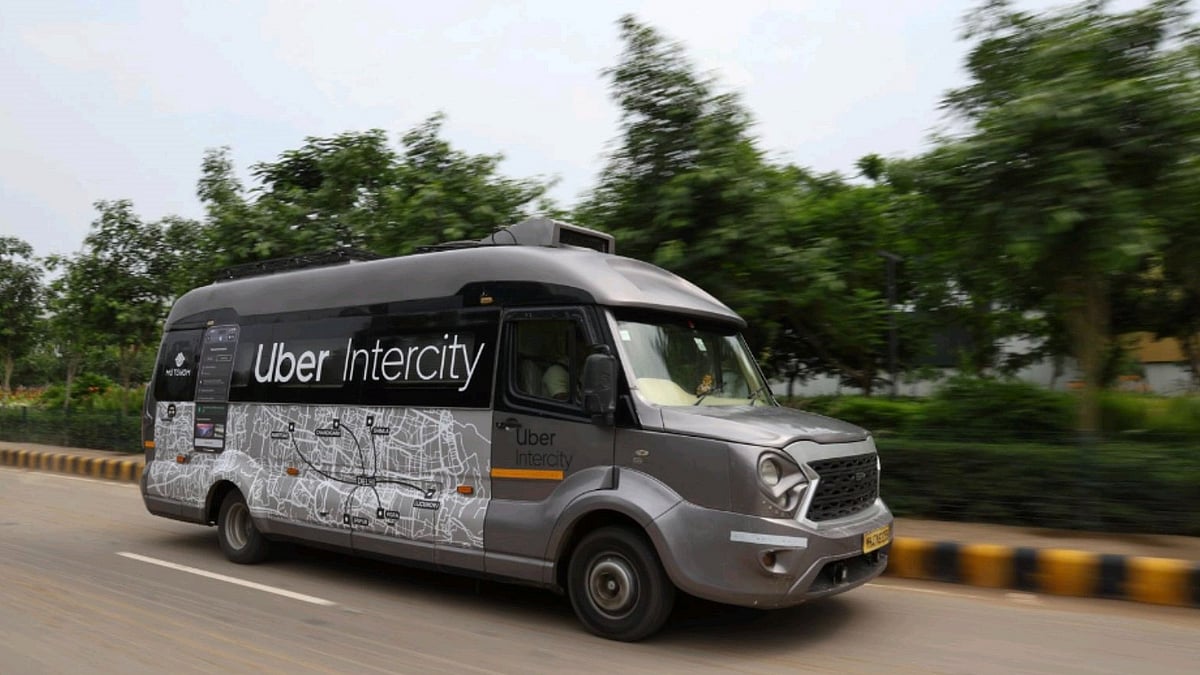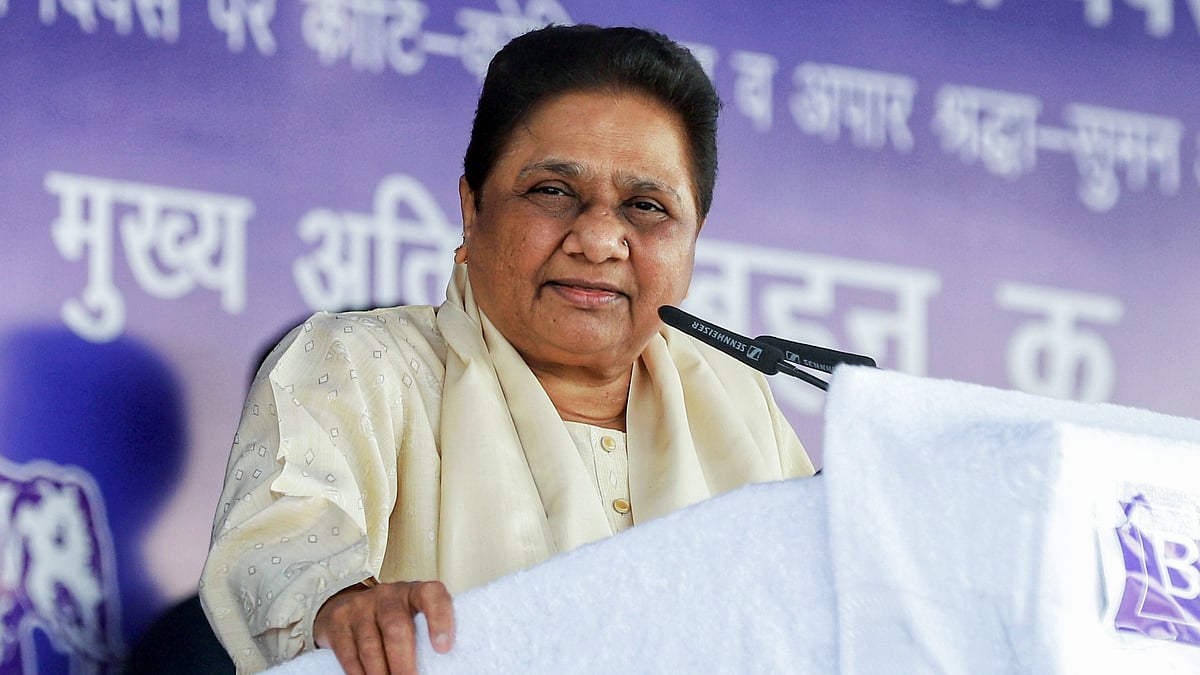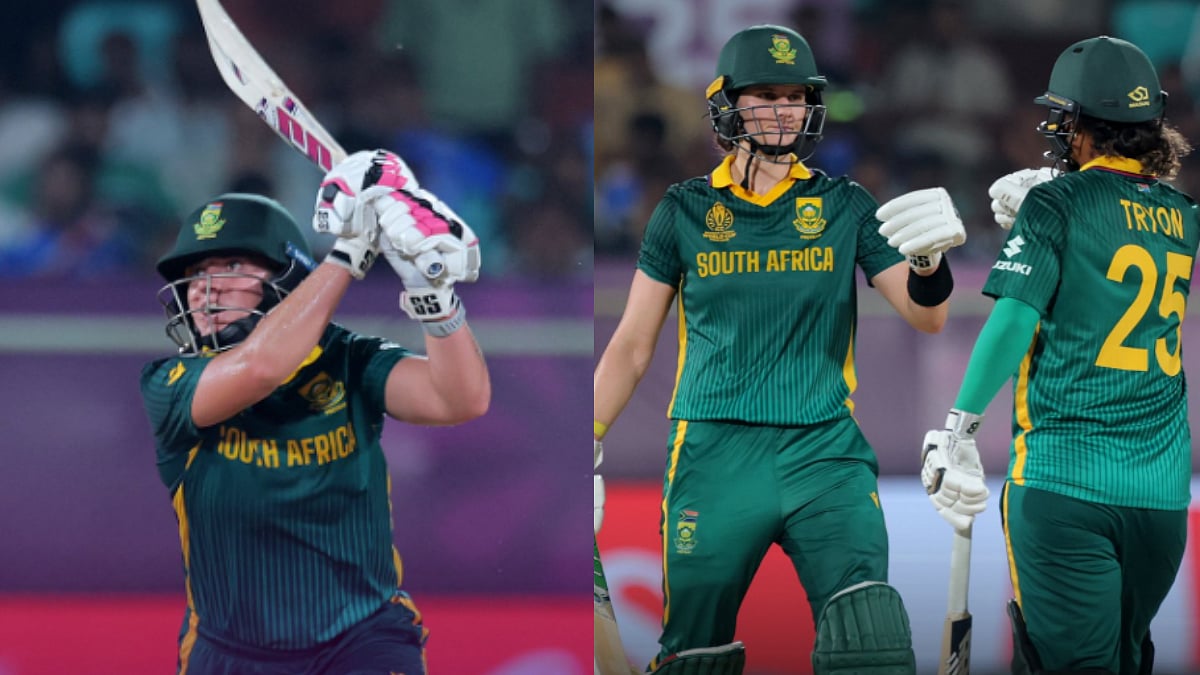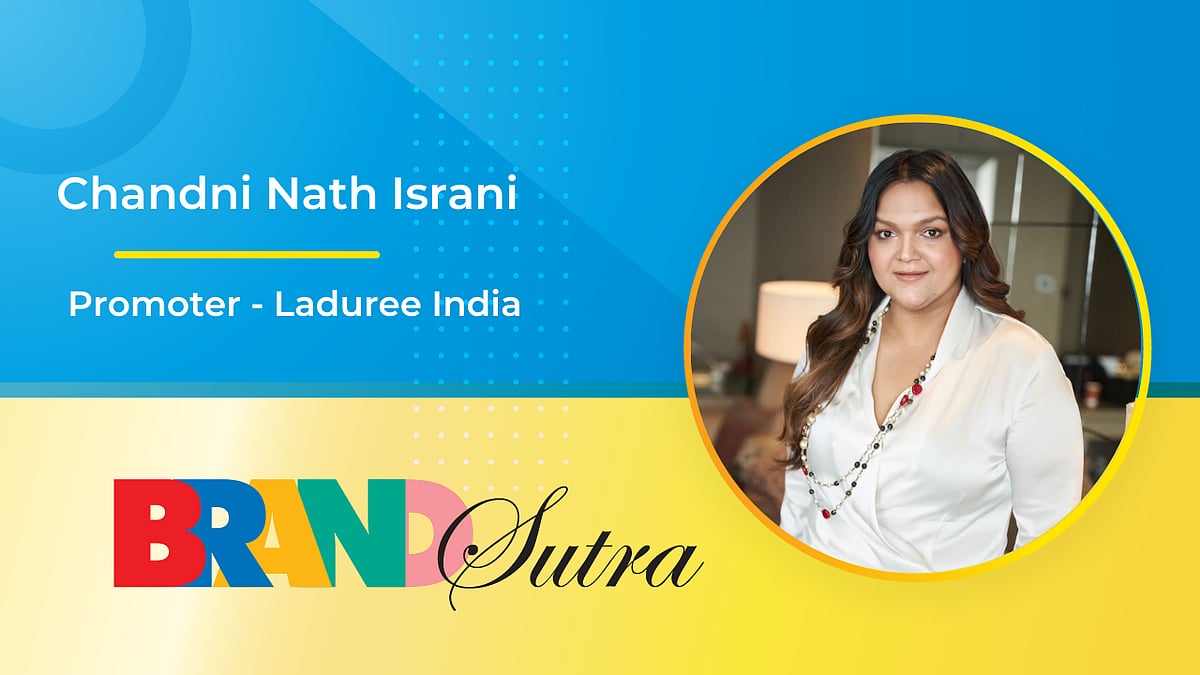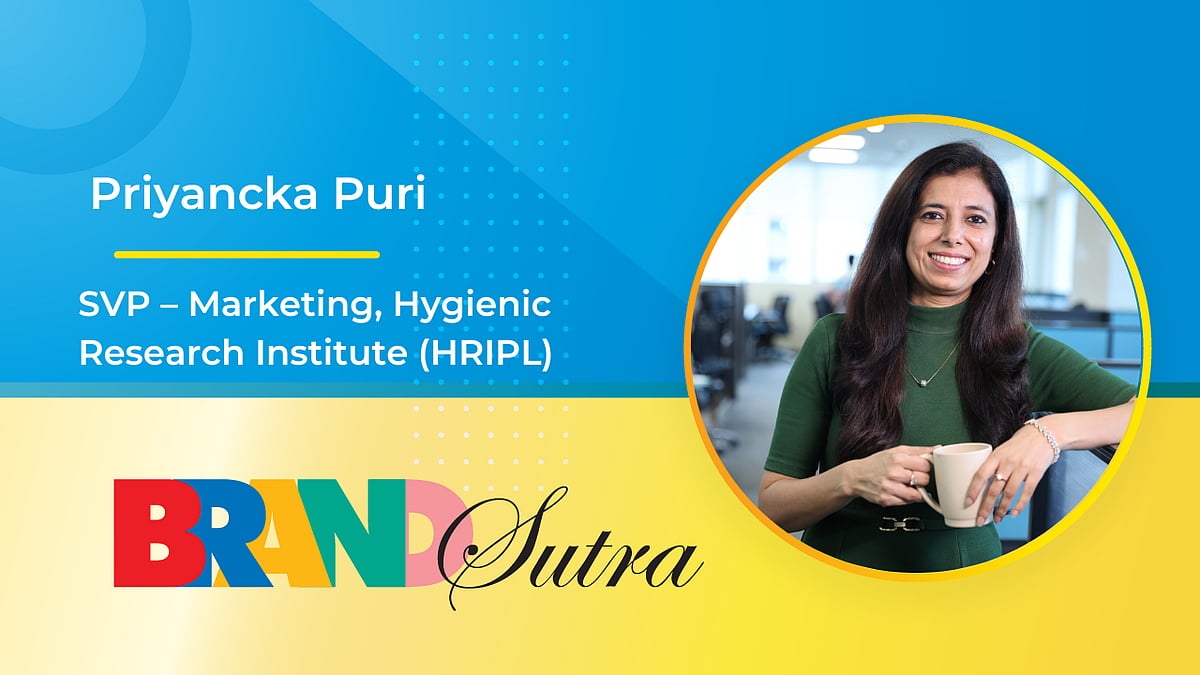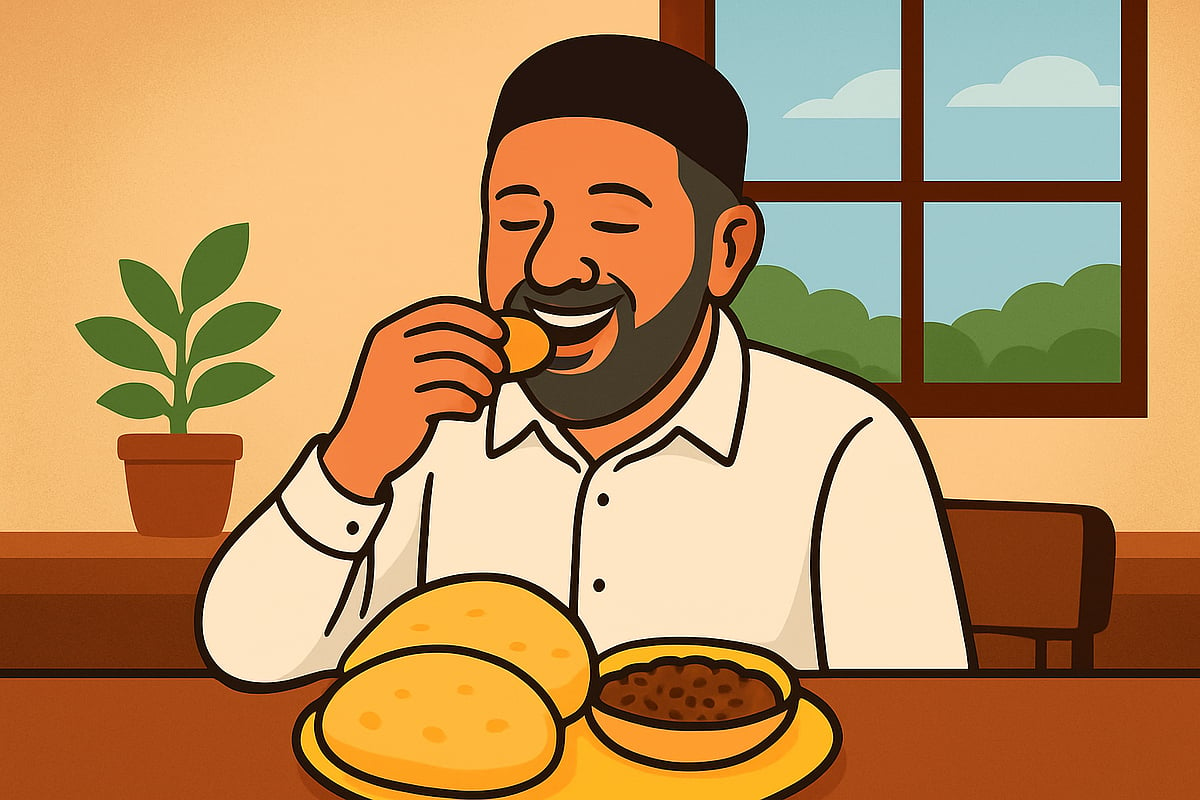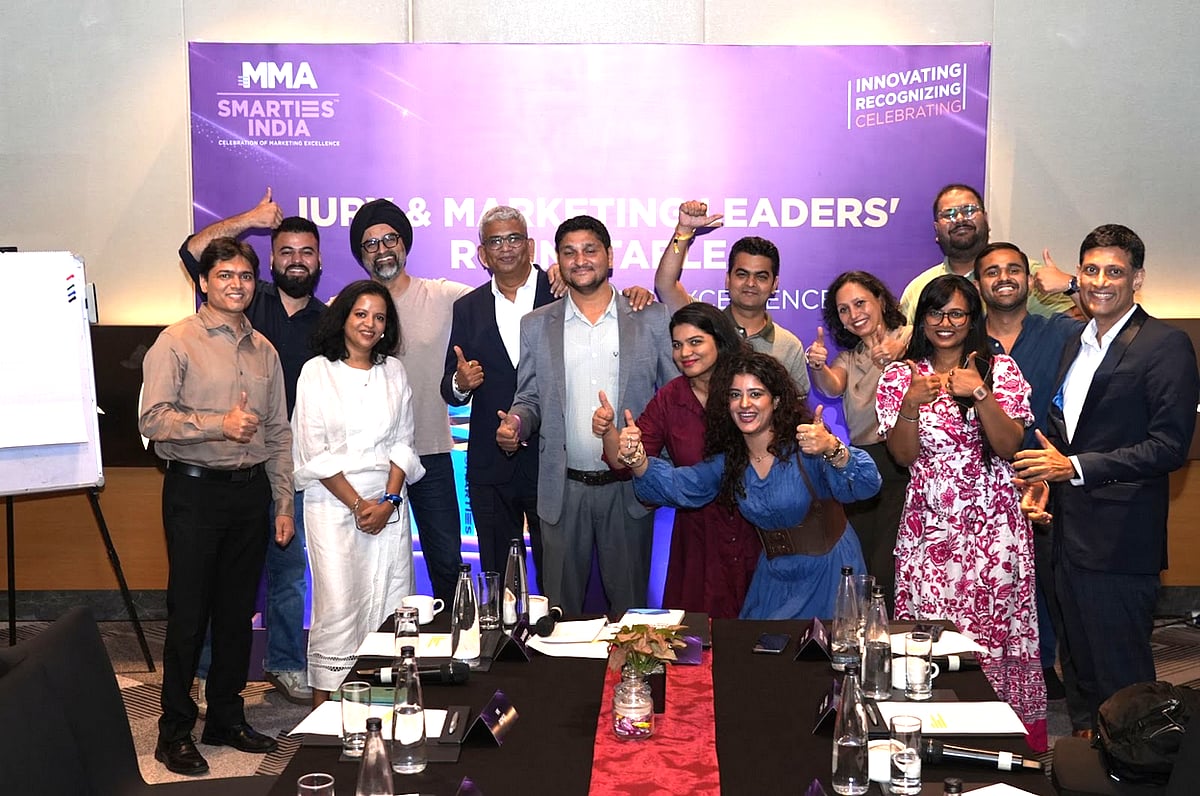Platinum Guild International (PGI) set foot in India in 2001 to raise awareness about the precious metal through multiple interventions, working to create demand and one side, production on the other and bridge the two using retail.
Sujala Martis, Director – Consumer Marketing for India at PGI, explains the three-bucket portfolio of Love Bands, Evara and Men of Platinum. Each has carved a distinct positioning with the common ‘rare’ thread binding them to increasingly younger consumers, she explains.
Love Bands. Men of Platinum. Evara. What's selling, where, who's buying and what's changing? PGI’s efforts have been ongoing in India since 2001. How has platinum been received and where does it stand today?
In the jewellery category in India, the consumption culture was pretty much dominated by gold. Therefore from the time that platinum came in, it was imperative to mark out a clearly differentiated space and to unlock newer segments. Our approach to market development started with that clear lens. Even today, meaning and differentiation are two pillars that are critical to our offering.
We started off identifying a relatively vacant space in the couple gifting segment. That's how Platinum Love Bands was born in 2009. At the time, it was tapping into a very relevant societal truth. It was obviously in the relationship space and arranged marriages are the dominant cultural truth. Within that arranged marriage reality, there was this whole yearning for a relationship based on love and mutuality and therefore Platinum Love Bands. That's the space Platinum Love Bands occupied. It was obviously a very compelling motivation because in a couple of years it landed up enjoying a high share of heart and also a very distinctive equity.
We tried to leverage that equity of being this gift of love, by launching Platinum Evara in 2015. It started off with women’s trousseau jewellery in the weddings space. Evara has evolved and it has now broadbased to self-buying.
Post that in 2019 we launched Men of Platinum. In the jewellery landscape, most purchases, and more so down south, are accompanied purchases. There was therefore this captive opportunity with the men segment.
Who is buying in? Is the platinum jewellery buyer younger?
We enjoy an affinity with the younger demographic. That bodes well for us because even from a business point of view, that is our promise to retail – a sustainable business of young audiences.

Younger audiences need to acquire what is seen to be contemporary, unique, a symbol of social distinction or a symbol that represents their self image. They want something that reflects their values. For us, platinum is anchored very strongly in being a truly rare precious metal and that is our biggest functional differentiator. Whether it is a need for a marker of a certain milestone in a relationship or in life, a truly precious metal that is rare has a good connect from an audience point of view.
Current consumption patterns have only helped boost this growth. Because today we're in a society where life journeys, self expression are celebrated and therefore the opportunities for platinum have grown.
With consumers, the brands have also evolved over the years. Today Platinum Love Bands sits on a very modern value system of love, values that are much sought after in relationships today. Given that platinum is considered to be a metal of emotions, a metal of love, it stands for defining moments and special milestones within a relationship journey.
From trousseau jewellery, Evara has broad based today recognising the shift in young women who are seeking precious jewellery that is wearable more frequently and lighter. We tap into younger women's motivations and interpretations when it comes to femininity. For young women today, this wave of femininity is all about being able to express their unique selves. It's not about
empowerment narratives of slightly before, it's not ridden with angst. It's looking at a glass half full, being able to enjoy who you've become and the journey of getting there.
Men of Platinum takes a very differentiated approach towards masculinity and success.
It's sort of been a story of transformation, from a relatively unknown metal to a coveted precious metal seen to be the ultimate symbol of love, a gift of love, a marker of milestones, a means of self expression and success.
To my mind, what we've interestingly done is to create a counterculture narrative in every segment. Our journey is all of 20-odd years, whereas gold has been part of our consumption culture, our tradition and of course one of the biggest financial instruments.
What we've managed is to call out a slight bit of a counterculture narrative, which therefore gives the consumer different reasons to consume and newer consumption occasions.
We have moved from being a metal that had no cultural context, an existing vocabulary, to today a space where each of the brands have their own meaning system and a very clear sense of key attributes that consumers associate with.
I think all of that is only made possible because we work in our role as a guild with the industry – to increase demand on one side, as well as build up production capacity. There's heavy investment in consumer education, in training programmes from a retail point of view. All of this dovetails into building an appreciation for platinum's unique qualities, building meaning to it and building a role for it in any retailer’s business portfolio.
Tell us about the expanding presence and is there a measure of brand preference?
From a brand health parameter measured annually, it's a thing of pride that we rank high up on consideration for 90 pc young men as well as women in metros and tier 1.
We've grown from being present in 16 retail stores in 2002, to being in over 2,000 stores across 330 cities with tenfold growth in the last decade.
In brand track after brand track, the biggest reason for consumption is that a consumer wants to mark an important milestone in their life, whether personal relationship or professional, it's an ideal gift of love, it's a symbol of success, it's a symbol of status and exclusivity. Platinum is seen as a premium, differentiated metal.
It basically shows the inclination towards purchase of platinum on the next occasion of buying precious jewellery, and asks why.
Our reasons for consumption don't come from being an asset class or a financial instrument.
Isn’t that a driver for the jewellery category in India? Buying jewellery (gold) as a financial asset?
Yes, it is. But that narrative is changing, more so with the younger consumers. The consumption pattern is deviating from the past. Consumers today resonate with symbols that showcase differentiation, self expression and distinction. They also look at jewellery beyond investment and a store of value, as a vessel of meaning.
And that's a shift that platinum, with its anchor in rarity, with its currency as a metal of emotion, is perfectly poised to capture.
How big is each segment?
From a business point of view, Platinum Love Bands, which was launched first, is one of our largest portfolios. It plays recruiter into the category.
But Men of Platinum has seen great growth. And it is a large part of our portfolio today.
Was adoption faster in the larger cities to start with? And how is that spreading now?
It started that way, definitely. But today in our top cities we have places like Coimbatore, Surat and Ahmedabad. Even on our websites, more than 50 pc of traffic comes from outside the top metros.
Smaller metros and tier one cities, whether in our category or other aspirational categories, have this rate of acceleration which is far more vibrant.
Where do you see future growth from? Is it newer customers coming in?
It is the younger consumers. And it is different occasions of consumption. For example, take couple gifting. Exchange of love bands as a consumption occasion was new when Platinum Love Bands was launched. Similarly, when it comes to young women using jewellery as an expression of who they are. And letting that be a choice that tell them apart.
I think it's the emerging motivations and newer motivations. If you look at the data from our brand track, this aligns with the triggers for consumption.
Also, our design language is very different. Platinum has a more modern design language with more Western sensibilities, minimalistic, understated. Therefore the consumer interprets it as something that is classy, subtle, something that is different from what you otherwise get.
There was this campaign that you did with KL Rahul some time ago for Men of Platinum. Tell us about the genesis of that campaign and how it was received.
Men of Platinum was about capitalising on an incremental business opportunity. The jewellery had already been test marketed in key markets and was doing extremely well with our partners.
We were forced to reassess the way precious jewellery for men was both perceived and consumed because otherwise it was a category very, very driven by the rationale of investment. We sort of shifted that narrative or in favour of self expression, in favour of again being a symbol of success.
Men's perceptions on platinum were different. They saw platinum to be a symbol of style, a symbol of discernment. It was for a few that understood it and could appreciate it. That sort of drove its aspiration. It was a symbol of success and a sign of achievement. It was all these positive perceptions that really helped us create a narrative around the brand that boded well for us.
For the male TG within our culture, success is a mandate. Young boys are nurtured from the word go, with a whole success mandate clearly planted on their shoulders. We didn't want to stray away from that. We just wanted to have a cut on that which came from an emerging discourse on success. Therefore, Men of Platinum stands for an emerging discourse of success where values are at the centre. And it's built on an enduring icon of men of character.
So in our minds, men of platinum are men of character. And because the metal sits on a functional anchorage of ‘rare’, we celebrate values like self belief, resilience and courage, or even the softer values like compassion or empathy – these are values that make up the fabric of Men of Platinum.
That's how we launched (in 2019). Then came the pandemic. The point was to really pivot. Cricket forms the fabric of so many cultural conversations in our country and it's an emotion. The other truth is that cricketing can spell success like nothing else does.
The other parallel is that like with success with values at the centre, it's the same for cricket – any successful cricketer holds values close and more so in challenging moments, whether in the game or outside of it. Cricketers that we consider to be legends and icons are those who have held these values very, very close to heart.
At the time, in 2021, KL Rahul was an upcoming star and an ace batsman. It was an attempt to capitalise on a winning combination: you take reverence for the game and an upcoming cricketing icon, and content that keeps the brand and jewellery at the centre of it.
We bucked the 30-second campaign game and instead chose to do a mini series called the League of Platinum. He spoke in each episode about a particular value and about a player who chose that value in every moment of truth or in every deciding moment in his life.
That series was pushed aggressively on our digital platforms. We also cut down slices of it and created an edit for television. We used him in print. We also let the series rest like any other OTT series on Disney Hotstar.
That saw tremendous success. And it's a formula that we've actually replicated even as late as last year. The face of the brand is now Surya Kumar Yadav. We've created this series called A Minute With Men of Platinum. Each chapter is about a chapter of his life, a chapter in his journey. The analogies are all to platinum and the values of platinum. His journey into cricket was not easy. In one chapter he talks about the ability to endure, for instance. It’s all really about keeping fans hooked on with glimpses into the man behind the jersey, so to speak.
Would it be fair to say that the marketing efforts in recent times have been more towards Men of Platinum?
No, actually. Maybe it's the magic mantra of cricket that works. It possibly gets more spotlighted because of the obvious link to cricket.
But we've had new initiatives on all three of our brands. For Evara, our jewellery for young women, we created another series for that brand as well. It was coming from the fact that today young women believe in exploring their strengths, they embrace their flaws. They have great pride in who they've come to be. So we created this series called ‘Becoming Me’. It features Jemimah Rodrigues and a South Indian playback singer Nithyasree Venkatramanan..
Again, it's about their journeys, their definition of femininity. It's something that we're in fact going to continue and leverage through the Women’s IPL season as well.
On Platinum Love Bands, to capitalise on the wedding season last November, we launched a new campaign. We did a lot of research with young women today. It was refreshing to look at their take on love because it was really not about this initial rush of emotions. It was about being able to tackle fears of a very real kind.
For example, for young women, the fear of having to compromise or live a life that is
restrained or not being able to be oneself are very, very real fears when it comes to the marriage scenario. These are even more accentuated when one is looking at an arranged marriage scenario. So we launched this campaign with the story of a couple overcoming this fear of having to seek perfection. It's about a young girl who says, ‘You've always seen the perfect Ria, but have you met the other sides of me?’
Are the sales skewed towards larger cities and stores, where one assumes younger customers have more of a propensity to try a metal like platinum would walk in?
We work with every name that you can think of in organised jewellery. Through them, we take platinum to the some of the markets that I mentioned, which platinum wouldn't have possibly been in otherwise. Their reach is all-pervasive; their strategies are based on driving penetration. So with that platinum enters markets that are in tier one tier two.
Is there a seasonality to purchase, like one sees with traditional gold jewellery?
Because of the category consumption codes, Q4 does see a peak. However, from a platinum calendar point of view, we do not focus our efforts purely on Q4.
You can understand the seasonality with Platinum Love Bands because it does see peaks when the married season sees peaks. But when it comes to Men of Platinum or Platinum Evara, they are actually season neutral.
In fact, typically in May, we do one of the biggest retail activations in the jewellery industry, called Platinum Season of Love. It sees participation from stores across the country, with a push out to all three categories.
What is the in-store behaviour that you see? Is this largely a plus-one kind of purchase along with buying a piece of gold jewellery?
We also have initiatives to upsell from gold at the store point. We also have bimetal products. For consumers that come in, marketing creates a very strong desire for platinum and offerings like bimetal products help them to enter the category.
There's a lot of rigorous training programmes that we do with retail, with all the staff in every store of all our partners, so that people are able to educate on platinum. Because while everyone is aware of platinum, in depth familiarity still requires education.
So what next should we expect, to trigger growth?
We are at a build up stage, as a category. Therefore embedding ourselves deeper into culture is an opportunity in itself.
There is also this whole thing of self expression with the impact on individuality. That is only growing. Occasions for consumption are constantly growing because jewellery is no longer consumed at only life-stage markers. It is consumed at various milestones and occasions through one's life. So all of these bode well for platinum.
From a macro economic point of view, we are growing at 6.5 pc. That's also likely to be the case for the year that follows. The fact that our population is skewed in favour of the youth also bodes well for us. Several studies say premium categories are likely to see higher growth.
With the luxury markets across the world being saturated, India is the new destination for luxury. And that's driven by youth segments. The whole digital universe is exploding. That works for us because it propels discovery and adoption faster than before.
As a consumer 10 or 20 years back, you wanted to give someone something special, you had some options like Swarovski and little else unless you went into gold. Today you have smart watch jewellery, which you can buy online at five grand or 10. And the number of options that are available are just so many. So is it more of a challenge
for platinum today than it was at launch?
To be honest, it's a challenge for every brand talking to this cohort is faced with. We are talking to a cohort who is bombarded with choices. And I don't think that narrative would be different from brand to brand. Anyone that I've met in marketing talking to similar segments seems to have the same challenges – the fact that we are talking to an attention-deficit consumer who's constantly bombarded. Added to that is the hyper fragmentation in media,
No consumer journey is what it used to be. Nothing is linear in that sense. That is definitely a challenge.
Given that you're speaking to younger consumers, does digital play a much larger role today than it did maybe even five years ago? And do you engage influencers?
I think that's become category hygiene today.
Does it (influencer marketing) work in your experience?
Yes. It does work in our experience because creator-to-consumer is a very vibrant discipline today. Consumers look up to these influencers. Our country is still relatively not as sophisticated maybe in that sense. So consumers still look to influencers as a source of inspiration when it comes to categories like ours. Their word does work when it comes to high value premium categories.
We however try and do that more as an advocacy programme than as a one-off thing. And for our consumers, they look at these influencers as authentic voices today. Of course it depends on who you choose. And all of those filters are what any brand would apply.

